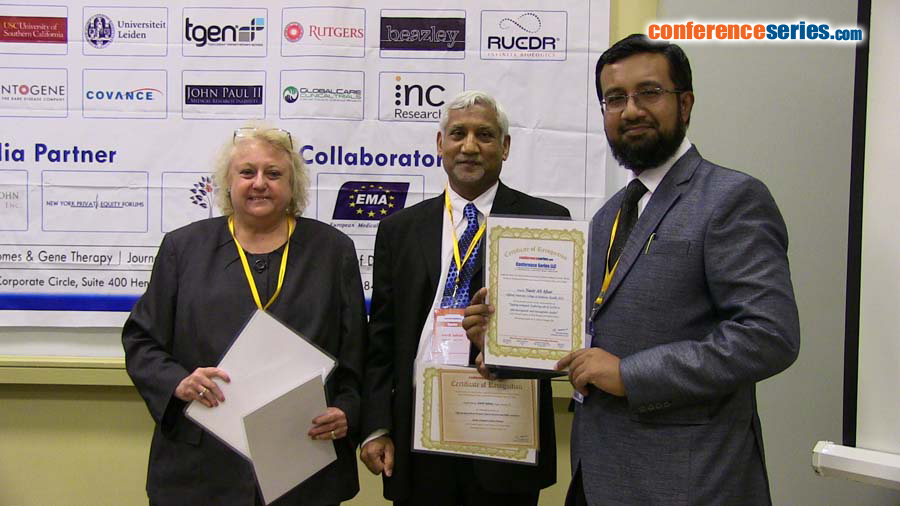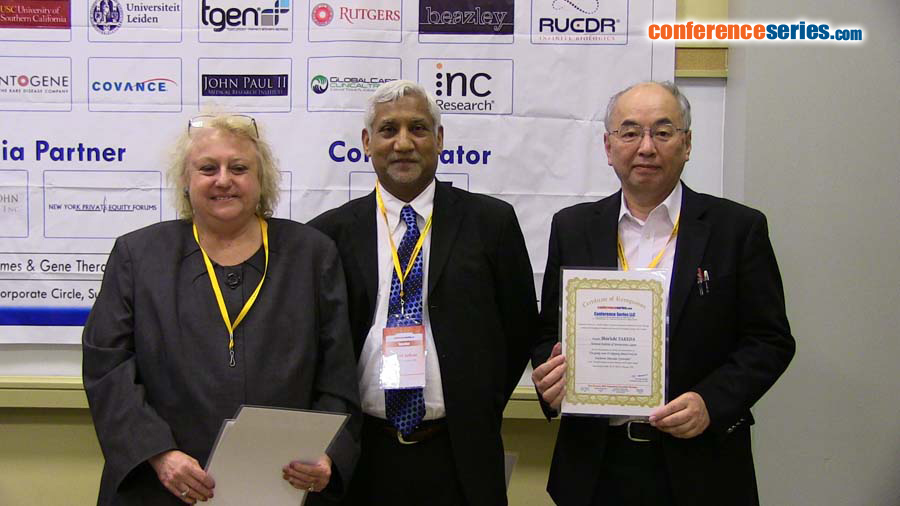
Lisa Baumbach- Reardon
Translational Genomics Research Institute, USA
Title: Rare disease research – opportunities and challenges
Biography
Biography: Lisa Baumbach- Reardon
Abstract
Human Rare Diseases, also referred to as an orphan disease, is any disease that affects a small percentage of the population. Most rare diseases are genetic, and thus are present throughout the person's entire life, even if symptoms do not immediately appear. Many rare diseases appear early in life, and about 30 percent of children with rare diseases will die before reaching their fifth birthday. No single cutoff number has been agreed upon for which a disease is considered rare. A disease may be considered rare in one part of the world, or in a particular group of people, but still be common in another. There is no single, widely accepted definition for rare diseases, which places constant demands on disease advocates, parents, clinicians and researchers to bring their concerns to national agencies regarding recognition of the disorder and treatment options for relatively rare diseases. Out research group has had the unique opportunity to identify a rare genetic disorder, X-Linked Spinal Muscular Atrophy (XL-SMA), and to work with clinicians and families throughout the world to identify these rare families. We have collected blood samples from family members to perform DNA linkage analysis, and finally, disease gene identification in a subset of these families. Surprising, as DNA identification technologies have developed, so has our sub-classification of even rarer “genetic” disorders evolved, demonstrating the additive strength of analyzing clinical phenotypes to causative genotypes which may well be overlapping in primary or secondary disease pathways.







